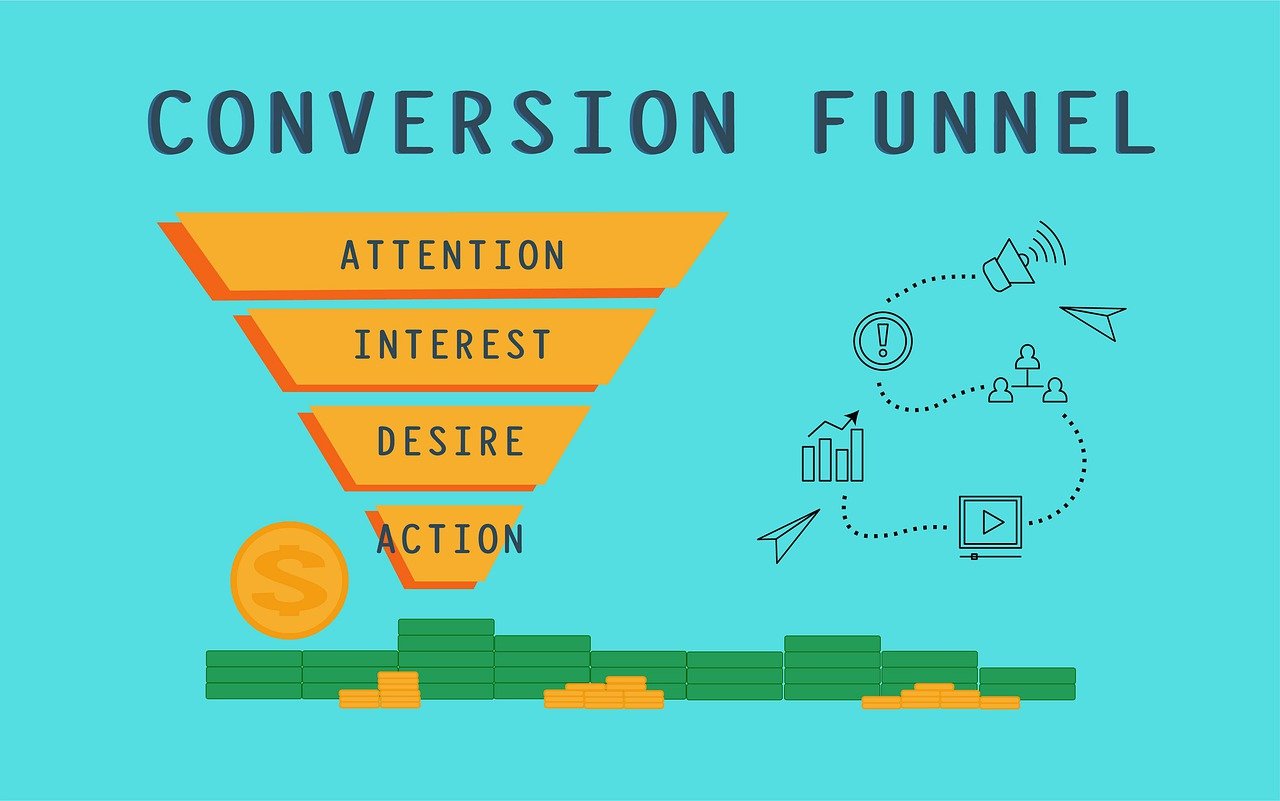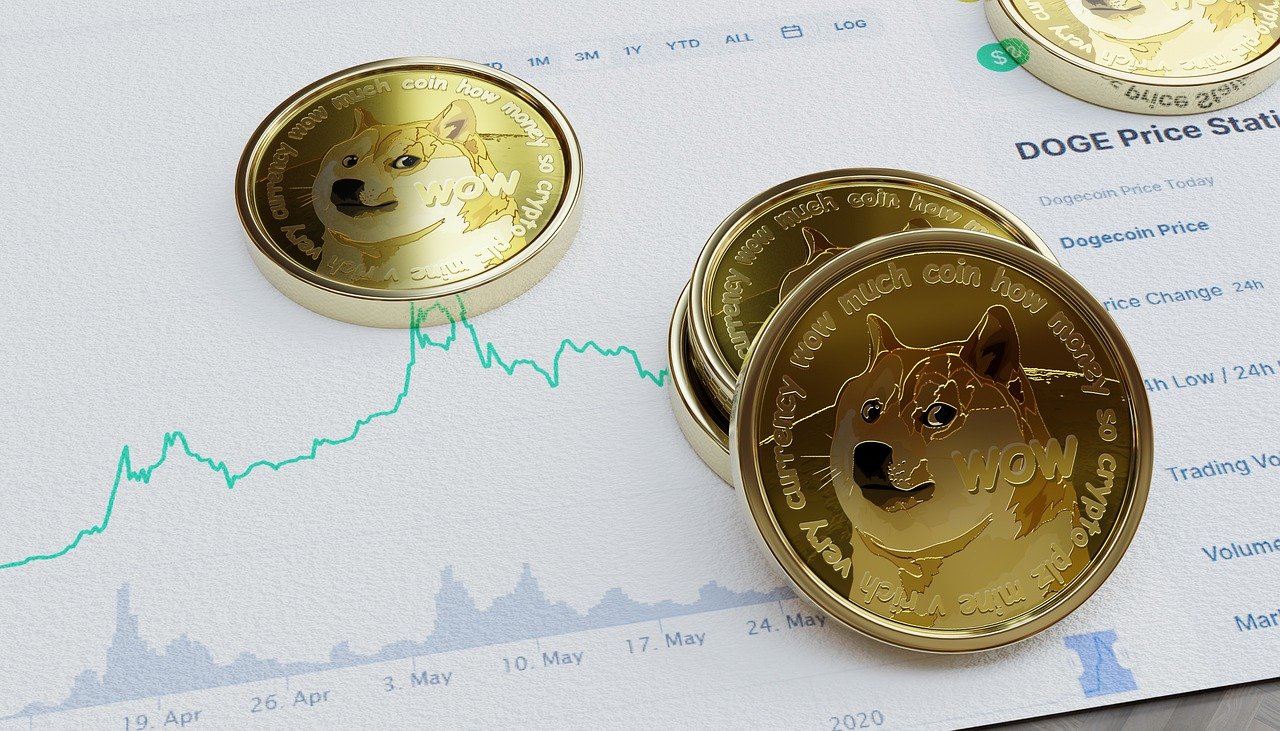The purchase process begins long before the customer accesses your virtual store, as he has already visited other sites, looked for information and checked the opinions of other buyers. The sales funnel starts to work even before your customer discovers that they need to buy any of your e-commerce products.
To apply the sales funnel, you and your team need to have done a digital marketing plan, consisting of market analysis, keyword research, personas and target audience, how much will be invested in the actions, which tools will be used and the channels that will be used to publicize the campaign.
E-commerce sales funnel
Strategic model based on the customer’s journey, following their first contact until the closing of the deal or the conclusion of the purchase. The goal is to map the lead’s path at each stage and convince them to become a consumer.
For this, the sales funnel, different from those traditionally studied. It has four steps that you can check out below:
Top of the funnel (Attraction) – is a stage of learning and discovery, where the person becomes aware that they have a problem. It includes all visitors to the virtual store, even those who just wanted to know your site.;
Middle of the Funnel (Activation) – This is where problem recognition and solution consideration arises. Understands who has already shown some interest in their products, how to include them in their “wish list”;
Bottom of the funnel (Decision) – the purchase decision is made at this stage. When the visitor arrives at this stage, he is ready to purchase an item.
Loyalty – This is a very important step for e-commerce, as it will ensure that customers return to your store and buy more often. Building strong relationships is critical to maintaining a loyal foundation.
Knowing how the customer behaves between the moment he decides to access your online store and the moment he purchases your products is the best way to create more efficient conversion strategies.
How to work with the sales funnel in e-commerce?
Top of Funnel (Attraction) and Middle of Funnel (Activation)
The first two stages of the sales funnel go hand in hand to craft a successful strategy.
One of the tools that works best for attracting people who are interested in your offer is Content Marketing.
And the more points of contact you have with potential customers to promote the content produced, the better. Always with a view to capturing the contact of these leads to offer your product in the future.
Among the available channels, we can use websites, landing pages, social networks, email marketing, among many others.
The idea is to disseminate content that encompasses the universe of your product or service. So don’t just focus on offers, the sale is a consequence of a well-informed lead who sees value in your brand. The ideal is the production of content that solves the pain of its consumers.
In this way, you can create informative posts, e-books, blog posts and craft tools that are relevant to your audience.
Don’t forget to align your work with an SEO strategy, otherwise it just won’t be found. You can also invest in paid ads to be seen by the public.
You can also read an article with Inbound Marketing secrets and learn about another strategy to employ in your e-commerce.
Funnel Bottom (Decision)
The bottom of the funnel is that stage of the sales funnel where the visitor has already had a first contact with your company, has already consumed some content that was relevant to him and it’s time to sell!
Know how to identify which users are already ready to buy, otherwise you can skip the start and offer your product to those who are not yet ready to buy.
After addressing your audience’s pain, it’s time to offer the solution, your product or service.
So far, you’ve already got to know your base better, so it’s nice to create personalized offers according to the specific needs of consumers with triggers for making the purchase.
Loyalty
This is the stage of the sales funnel where the after-sales will shine. Here, your goal is to increase your customers’ repeat purchases.
Therefore, receiving feedback from your customers after the purchase can help you understand how their experience with your company was and try to fill gaps and encourage repurchase.
Keep your brand in that consumer’s mind by promoting a positive after-sales experience. In addition to retaining customers who have already purchased, a good experience can stimulate the famous word of mouth, so you get free publicity and new customers who will trust your company.


















